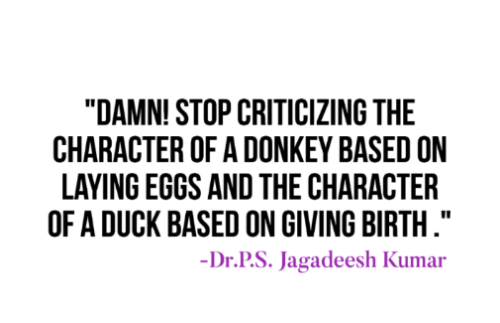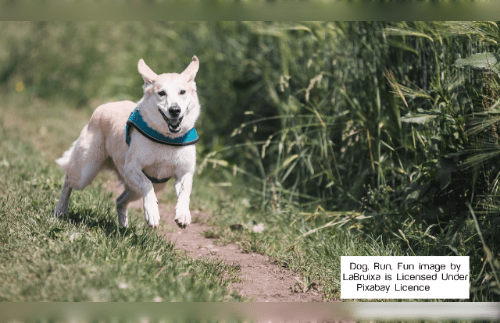

Amnesty International provides some important steps how to protect you from cyber trolling: Threats of violence, discrimination, harassment, doxxing (disclosing personal or identifying documents), and the unauthorised sharing of sexually explicit and private images are just a few examples of the various ways that abuse can be committed online. It may also contain material that is homophobic, sexist, racist, or racially offensive to a particular group of people.When an official police complaint is lodged, reporting abuse can also be helpful.Find out how to file a complaint about abuse on Facebook,X and Instagram. Most social media sites provide you the option to block offensive accounts so that they are unable to communicate with you or access your content while they are logged in. An important step in keeping yourself safe online is to disable your location on social media platforms.You have the option of disabling location for all services, including photographs, videos, and any platform you are posting images to, if you want to protect your location.For every social media sites you use, use a unique, separate password. Reusing the same password on numerous sites increases the chance of your digital identity being hacked.Enabling two factor authentication on all of your social media accounts will help prevent your account from being hacked.You have the option to filter any X user notifications that you get.You can also indicate whether you like or dislike a specific Tweet. As a result, Twitter is better equipped to adapt your experience and identify what you would prefer not to see in your feed. A digital detox may be just what you need when you are being abused or experiencing abuse online. The most social media platforms allow users to temporarily or permanently deactivate their accounts, and each site provides step-by-step instructions on how to do so.










